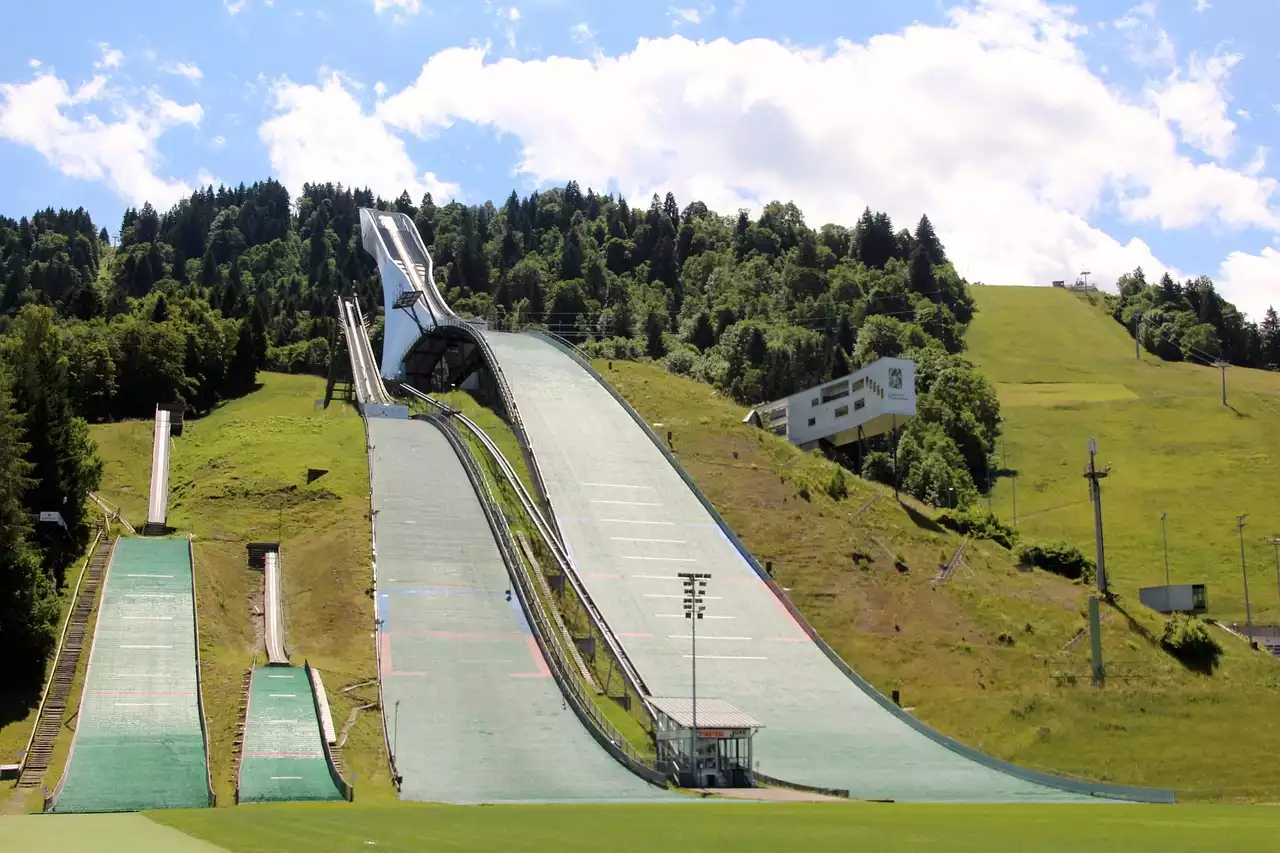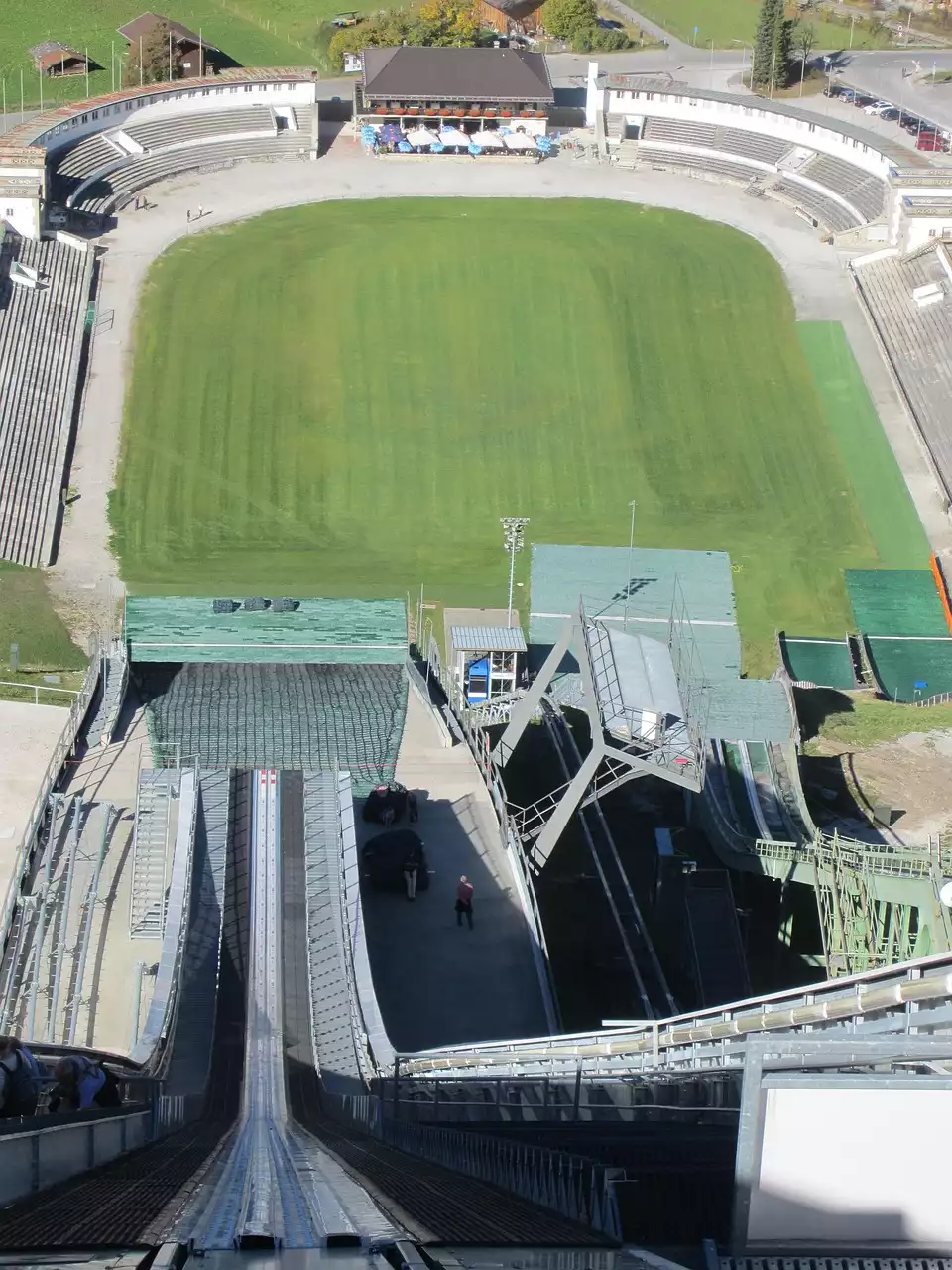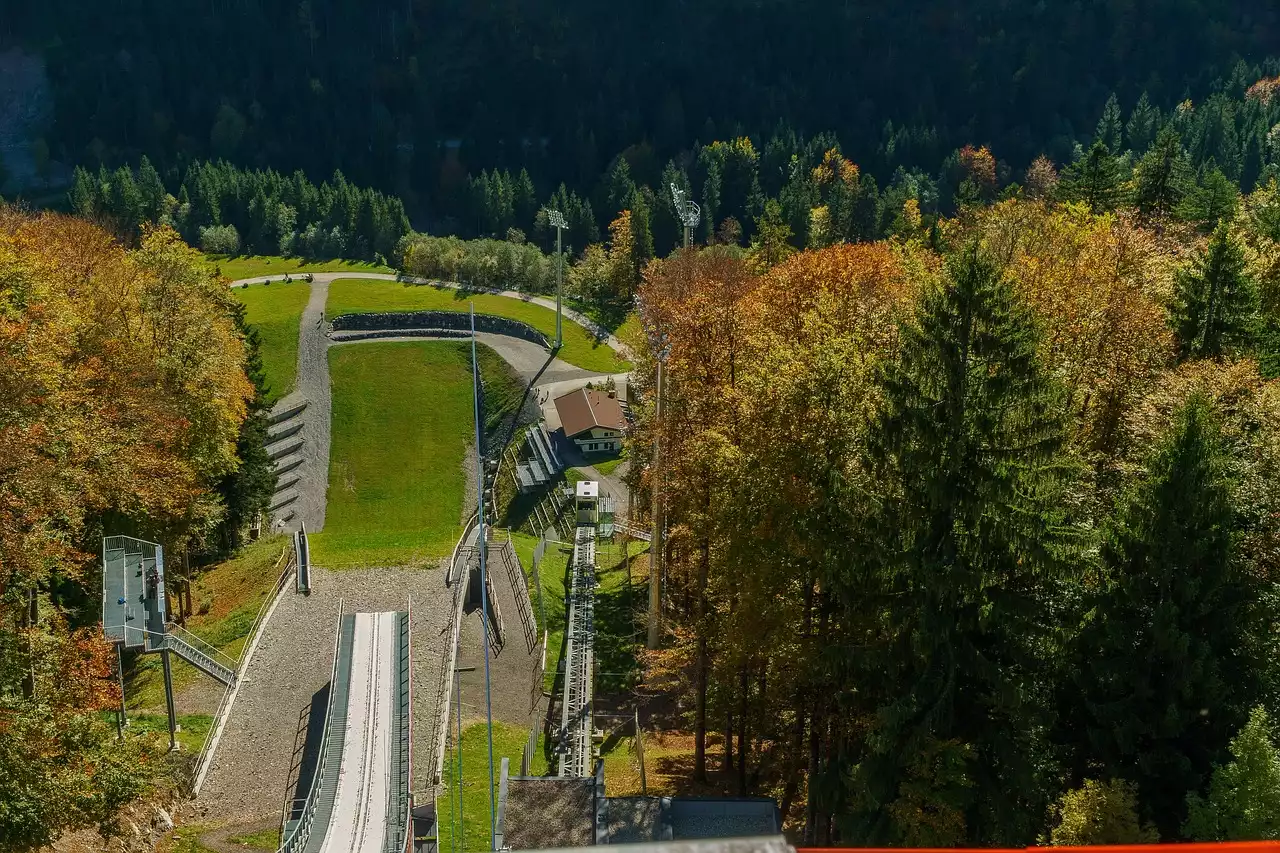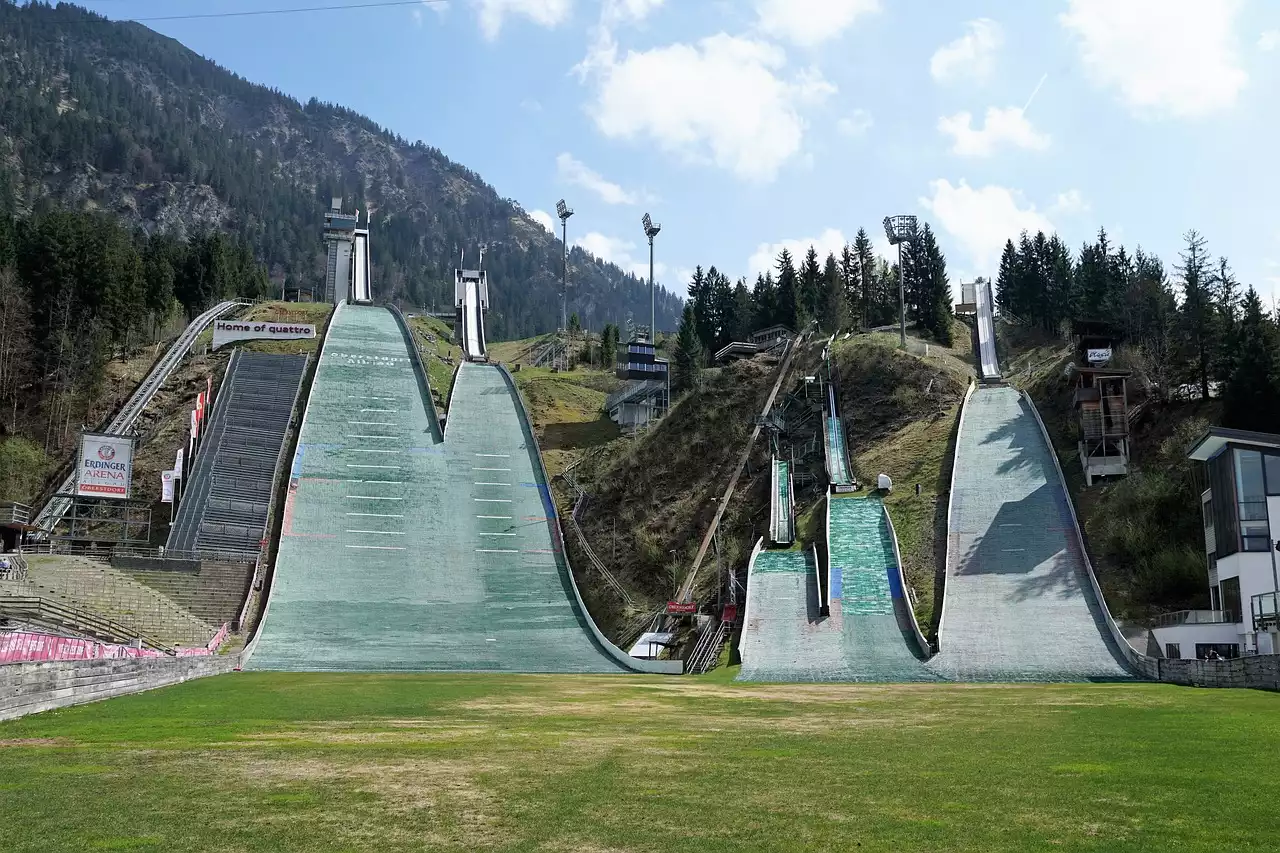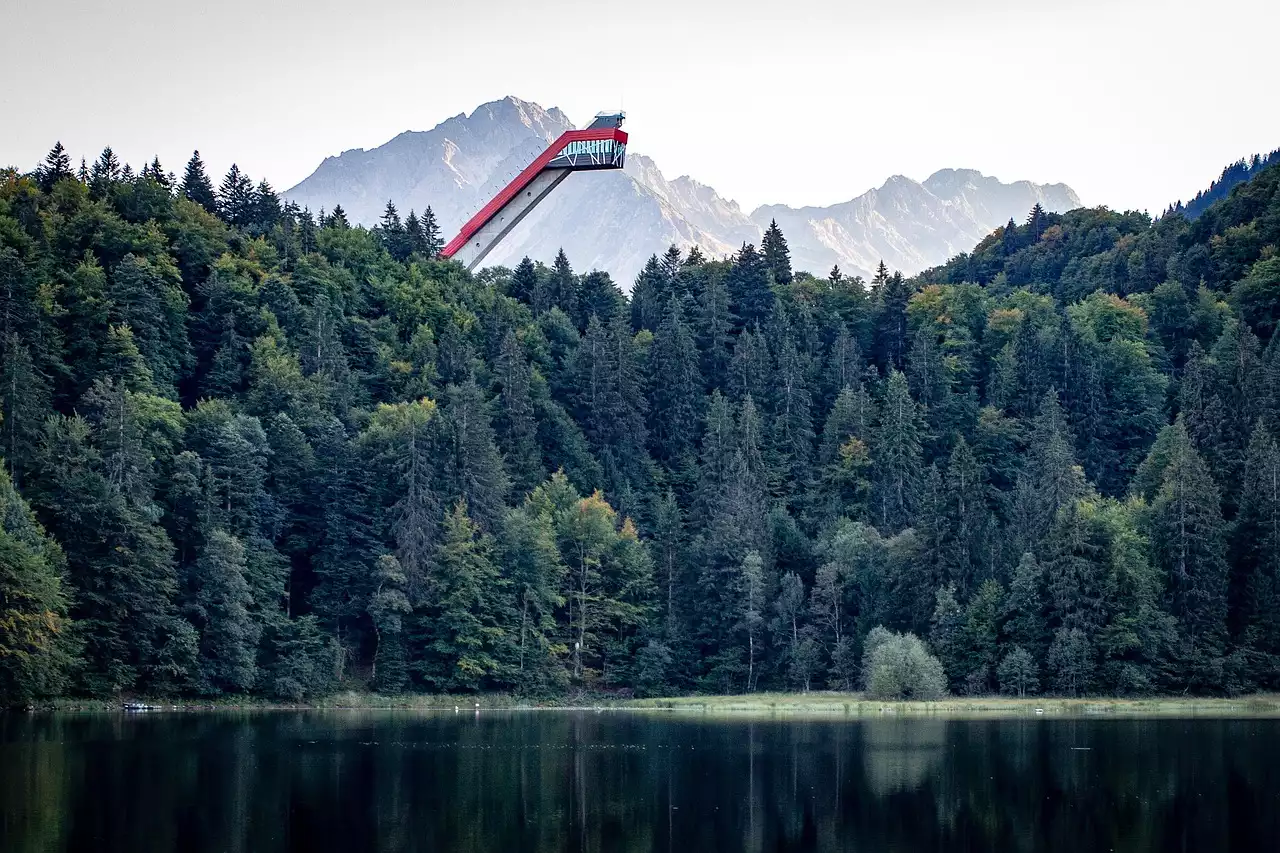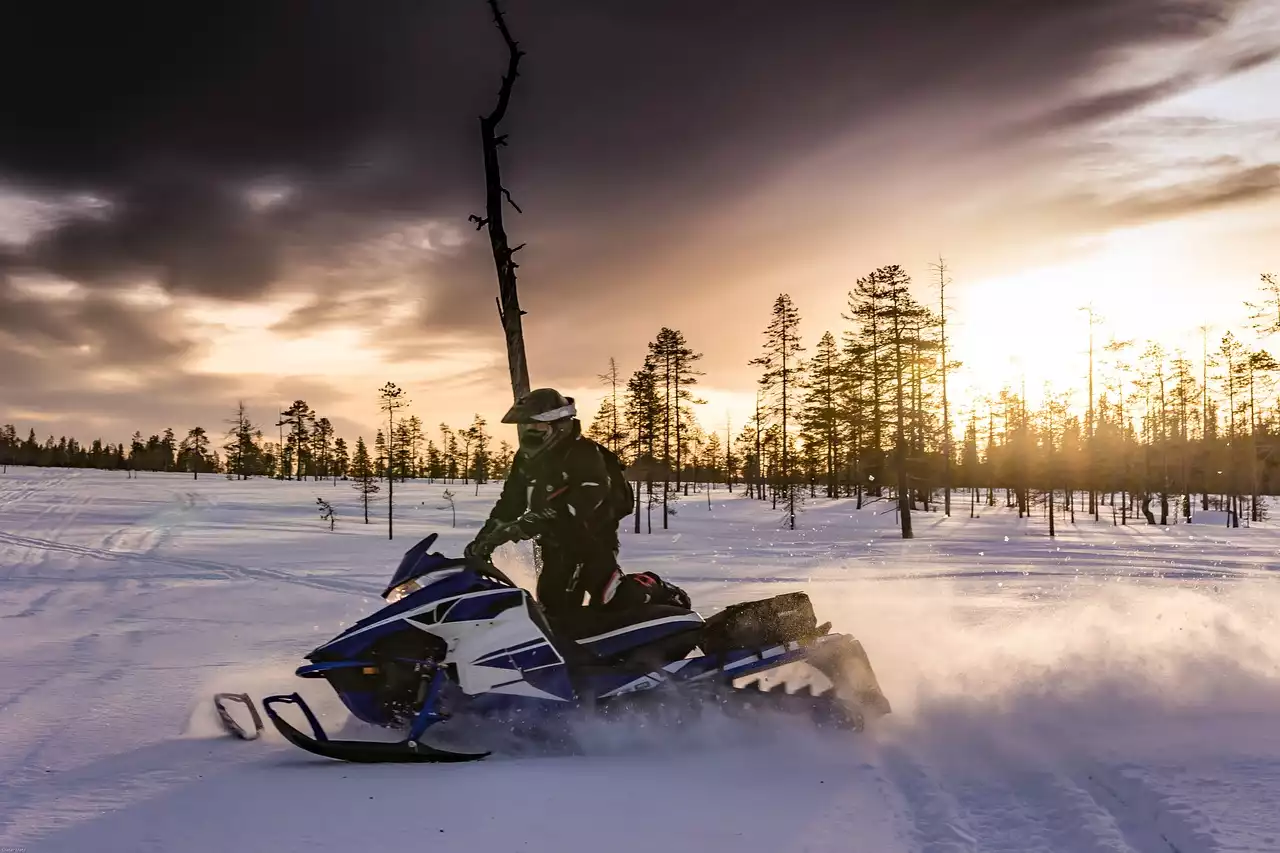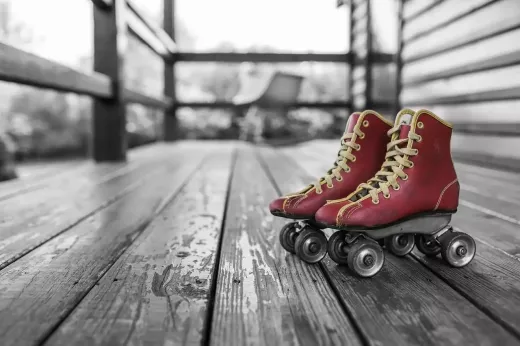History and evolution of ski jumping
Ski jumping has a rich history that dates back centuries. Its origins can be traced back to the 18th century in Norway, where it was primarily used as a mode of transportation during the winter months. What began as a means of getting from one place to another soon evolved into a competitive sport. The first recorded ski jumping competition took place in 1862 in Norway, and from there, the sport started to gain popularity across Europe.
Throughout the years, ski jumping has undergone significant changes in terms of technique and equipment. In the early days, skiers used rudimentary wooden skis and relied on their natural ability to jump. As the sport progressed, skis became longer, and more advanced techniques were developed to maximize distance and style. Today, ski jumping has become a highly specialized discipline, with athletes pushing the boundaries of what was once thought possible.
The physics behind ski jumping
Ski jumping is not only about the skill and athleticism of the skier; it also involves a deep understanding of physics. The key to a successful jump lies in harnessing the forces of gravity, air resistance, and momentum to achieve maximum distance and stability.
When a skier takes off from the ramp, they are propelled into the air by the force generated from their initial speed. As they ascend, gravity starts to pull them back down towards the ground. To counteract this downward force, skiers adopt a specific body position known as the "V-style." This position allows them to minimize air resistance and maintain stability throughout the jump.
Basic techniques of ski jumping
Mastering the basic techniques of ski jumping is essential for any aspiring ski jumper. The first and most crucial skill to learn is the takeoff. Skiers must time their launch perfectly to ensure they get the maximum height and distance. This requires a combination of strength, agility, and precise timing.
Once in the air, skiers must maintain a stable and aerodynamic position. This involves keeping their body straight and streamlined, with their arms extended in front for balance. By controlling their body position, skiers can adjust their flight path and make subtle corrections to ensure a smooth landing.
Training and preparation for ski jumping
Becoming a successful ski jumper requires years of training and preparation. Athletes must develop a strong foundation of physical fitness, including strength, endurance, and flexibility. This involves a combination of cardiovascular exercises, strength training, and plyometric drills to improve explosive power.
In addition to physical training, mental preparation is also crucial in ski jumping. Athletes must learn to overcome fear and maintain focus in high-pressure situations. Visualization techniques and mental rehearsals help skiers build confidence and improve their performance on the ramp.
Famous ski jumpers and their achievements
Over the years, ski jumping has produced legendary athletes who have pushed the boundaries of the sport. One of the most iconic ski jumpers of all time is Matti Nykänen from Finland. Nykänen dominated the sport in the 1980s, winning four Olympic gold medals and numerous World Championship titles. His unparalleled skills and daring jumps made him a household name in the ski jumping world.
Another notable ski jumper is Simon Ammann from Switzerland. Ammann is known for his consistency and technical precision. He has won four Olympic gold medals and is considered one of the most successful ski jumpers in history.
Ski jumping competitions and events
Ski jumping competitions take place all over the world, attracting both athletes and spectators alike. The most prestigious event in ski jumping is the Four Hills Tournament, held annually in Germany and Austria. This tournament consists of four individual competitions, and the winner is determined by the highest cumulative score. The Ski Flying World Championships and the FIS Ski Jumping World Cup are also highly anticipated events in the ski jumping calendar.
Safety measures in ski jumping
While ski jumping may be an exhilarating sport, safety is of utmost importance. Athletes are required to wear specialized equipment, including helmets, suits, and bindings, to protect themselves during jumps. Ramps and landing slopes are meticulously designed to ensure the safety of the skiers, with strict regulations in place to prevent accidents. Additionally, medical personnel and rescue teams are always present at ski jumping events to provide immediate assistance if needed.
Ski jumping equipment and gear
The equipment used in ski jumping has evolved significantly over the years. Skis are now made from lightweight materials such as carbon fiber and fiberglass, providing skiers with better maneuverability and control. Bindings are designed to release in case of a fall, reducing the risk of injury. Helmets are mandatory to protect skiers' heads from impact, and suits are specially designed to reduce air resistance and improve aerodynamics.
